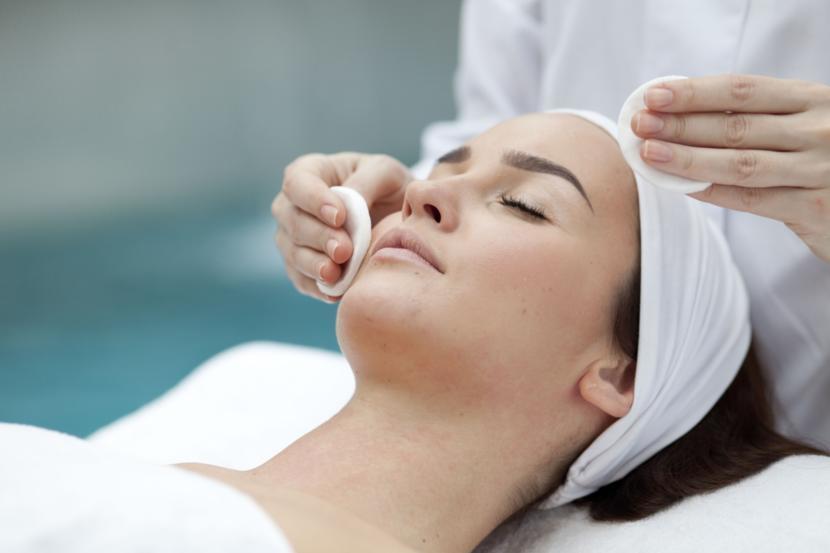Alternatives Used to Treat Acne Scars

Dermal Fillers
Dermal fillers are used to improve the appearance of scars that have recessed. Common substances that are used as fillers and injected into the scars include collagen, hyaluronic acid, and fat. However, in order to maintain this look, you need to have injections repeatedly unless you go for a permanent filler materials, such as Polymethyl-methacrylate or PMMA. Some of the common side effects and risks of the procedure include bruising and swelling at the place of injection, infection, allergic reactions, clot formation, and other adverse effects.
Dermabrasion
Dermabrasion is a technique used to treat severe scarring. In this procedure, the top layer of the skin is brushed to remove acne scars, fine wrinkles, age spots, and other imperfections. The procedure is performed by a professional cosmetic surgeon or dermatologist and takes between a half-hour to two hours depending on the size of the area to be treated. This is a harsh treatment which causes abrasions on the treated skin. The red skin forms a crust as it heals and becomes smooth pink in a week or two. Some of the common side-effects and risks associated with this procedure include infection, bleeding, too much or too little pigment in the resurfaced skin and overgrowth of scar tissue.
Chemical Peel
Chemical peel is another way to remove the top layers of the skin. This technique is relatively less aggressive than dermabrasion, but it is only effective for light or shallow scars. Moreover, its effects may not be as long lasting. The risks of chemical peel are similar to those of dermabrasion. During the procedure, your skin will look red and may even burn. Your skin will peel after the treatment revealing smoother skin below. You need to have this treatment repeatedly to completely remove scars. There are some post-peel precautions as well that you need to adhere to for faster recovery.
Laser Resurfacing
Laser resurfacing is another option to improve your acne scars. In this procedure, a laser is used to target specific areas of the skin for resurfacing. It works by burning off the top layer of skin to stimulate new tissue growth. The most common lasers used for this treatment are a carbon dioxide laser and an erbium laser. Again, you need multiple treatments to completely remove acne scars. Laser treatments are best suited for moderate scarring with depressions in the skin, but no deep pits. This procedure also carries the same risks as dermabrasion, with the added risk of accidental eye injury.
Surgery
If non-surgical options fail to restore the actual appearance of your skin, surgical removal might be the best option. Punch excision is a procedure in which a scar is cut down and then the surrounding tissue is stitched together. The removing procedure generally leaves a scar, which can make you feel even more embarrassed than before. However, these scars may shrink over time. Discoloration and swelling can also develop as a result.










